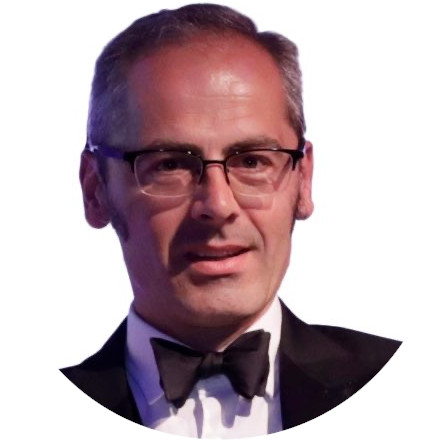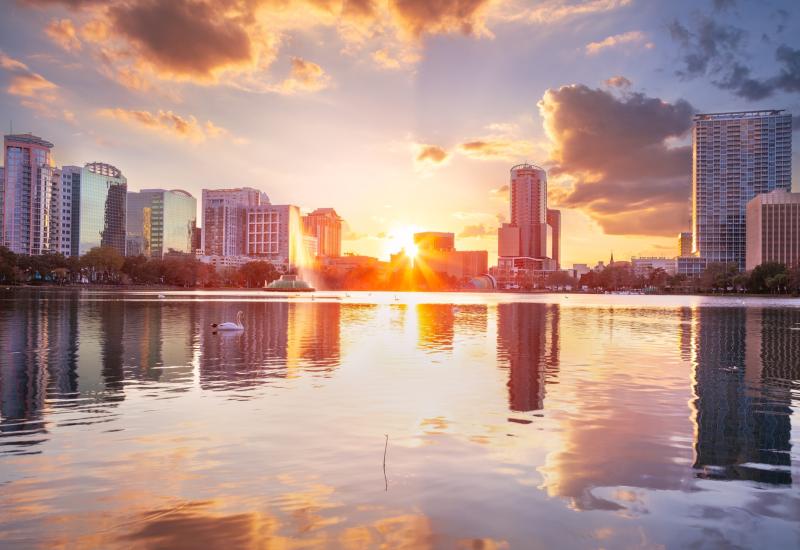
ESMO 2025 – Celcuity fights for a share of the breast cancer market
Alongside full PIK3CA wild-type data, Celcuity sets the bar for gedatolisib's PIK3CA-mutant readout.
Alongside full PIK3CA wild-type data, Celcuity sets the bar for gedatolisib's PIK3CA-mutant readout.

Celcuity has added a first look at gedatolisib’s overall survival numbers to the PFS data it toplined earlier from the phase 3 Viktoria-1 study, backing the PI3K/mTOR inhibitor’s use in post-CDK4/6 inhibitor, ER-positive, HER2-negative breast cancer – at least if patient crossover is accounted for.
Like the toplined win, which tripled the group’s share price in July, OS data concern the PIK3CA wild-type population. However, of perhaps even more note was the quiet revelation of a phase 1 PFS number in PIK3CA-mutated disease; that’s key because the result of Viktoria-1’s PIK3CA-mutant cohort is gedatolisib’s next key investment catalyst.
These phase 3 results, concerning either a gedatolisib plus Ibrance plus Faslodex triplet, or a gedato/Faslodex doublet, versus Novartis's Piqray plus Faslodex, should come by the end of this year. Piqray is approved for PIK3CA-mutant breast cancer; while gedato’s potential in PIK3CA wild-type disease is a differentiating factor, a PIK3CA-mutant win is key to a broad label.
In background information to her late-breaking ESMO presentation on Viktoria-1, Dr Sara Hurvitz of University of Washington, Seattle said the gedato triplet in phase 1 yielded median PFS of 14.6 months in PIK3CA-mutant breast cancer. In a press release Celcuity added to this, saying a different, “intermittent dose” regimen – also being used in Viktoria-1 – had produced an even better mPFS, namely 19.7 months.
The distinction is notable because Piqray/Faslodex, the comparator in Viktoria-1’s PIK3CA-mutant cohort, scored mPFS of 11.0 months in the Solar-1 trial, and 7.3 months in Bylieve, which tested a post-CDK4/6 population more analogous to Viktoria-1. If Celcuity can repeat gedatolisib’s phase 1 efficacy in phase 3, a 19.7-month median benefit looks even better against such numbers than does 14.6 months.
ESMO late-breaker
Whether such promise will be repeated in phase 3 remains to be determined. For now investors have full data from Viktoria-1’s PIK3CA wild-type cohort, presented at ESMO on Saturday.
Here the median PFS numbers and curves revealed in July were repeated, and more information was given on toxicity. As Celcuity promised, hyperglycaemia was indeed lower than in phase 1, occurring in just 9.2% of patients given the triplet and in 11.5% given the doublet, and mostly being seen at below grade 3, Hurvitz said.
Interim OS curves showed a hopeful separation for the triplet, though the resulting 0.69 hazard ratio wasn’t close to statistical significance. For the doublet the curves appeared messier, and the stats for its 0.74 hazard ratio were no better.
However, Viktoria-1’s OS numbers suffered because Faslodex control patients who progressed were allowed to cross over to active cohorts. This was especially notable in the triplet cohort, where the crossover rate was 48%, while for the doublet this was 10%. If patients crossing over are censored the resulting OS corves appear somewhat more promising.
Discussing the Viktoria-1 data, Dr Alessandra Gennari of University of Piemonte Orientale welcomed gedato’s low rates of hyperglycaemia, but pointed to a 69% rate of stomatitis (19% at grade 3+), which is higher than seen with Piqray, Itovebi or Truqap.
Overall, however, this remains a decent result for Celcuity, especially as it had paid just $5m to license gedato from the project’s originator, Pfizer. Now the focus turns to regulatory filing, and data in PIK3CA-mutant cohort breast cancer.
Interim OS data from Viktoria-1's PIK3CA wild-type cohort, censored for patient crossover

1970













